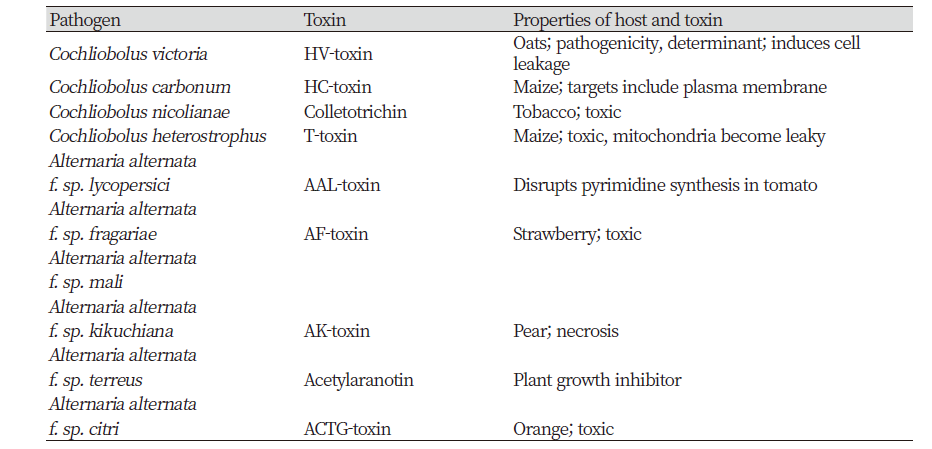Abstract
Intensive use of synthetic herbicides increased public concern regarding negative effects on the environment and the emergence of new herbicide-resistant weed biotypes. In recent years, researchers have been actively working on alternative biological weed control methods such as bioherbicides. Bioherbicide as a part of biological weed control in crop production offers many advantages, for instance, it is a selective, host-specific agent to target weeds, no harmful effect on the environment and non-target plants. Several plant pathogenic fungi and bacteria have potential herbicidal activity as a biological agent to control weeds. In order to create a successful bioherbicide, several complex and specific interactions have to be properly conducted between the biological agent and target weed. A few bioherbicides were successful under field conditions for controlling weeds while the effectiveness of other bioherbicidal agents has been limited by restricted host-range, the requirements of complicated formulation, and lack of persistence in the field. This review discusses about biological control methods of weeds in cropping systems through the implementation of an integrated weed management system. The current studies on weed control with phytopathogens, host-pathogen ranges, formulations for practical use, and techniques for enhancement of weed-suppressive activity in conventional and sustainable agricultural systems revealed the importance of bioherbicides as a part of integrated weed management.
Figures & Tables



